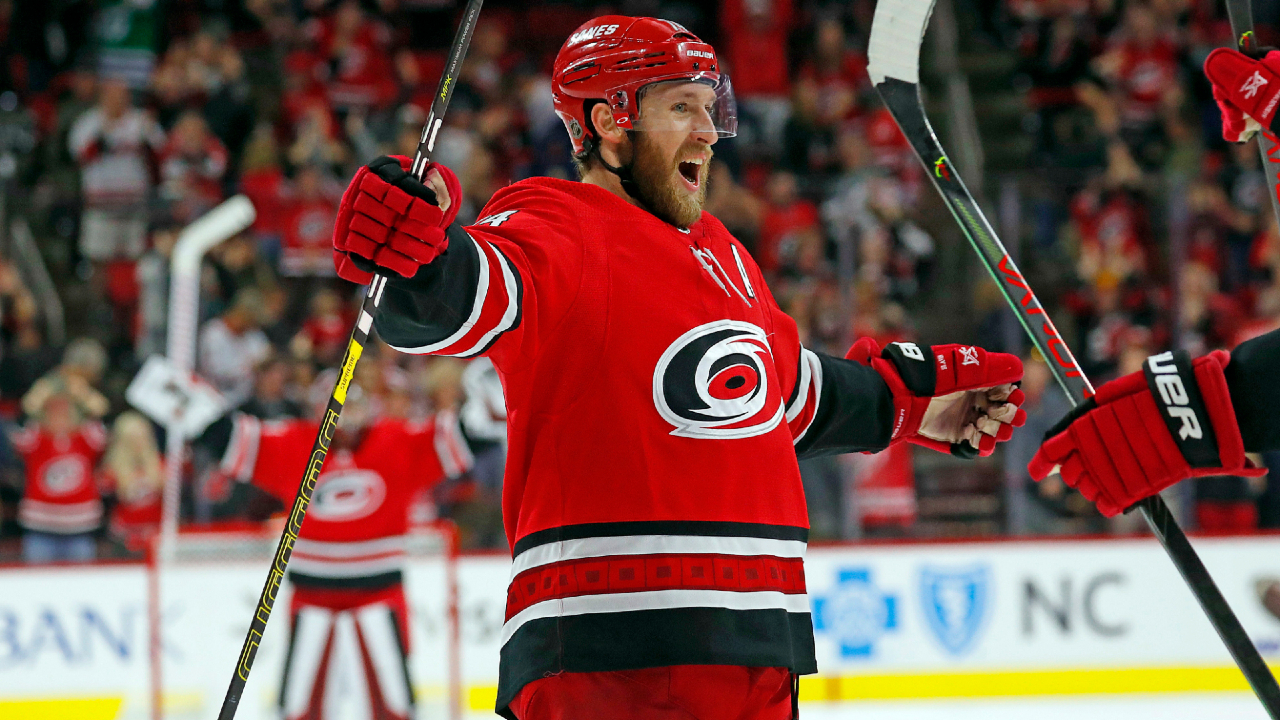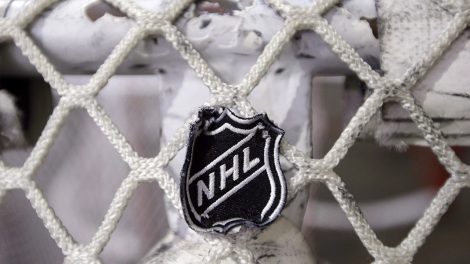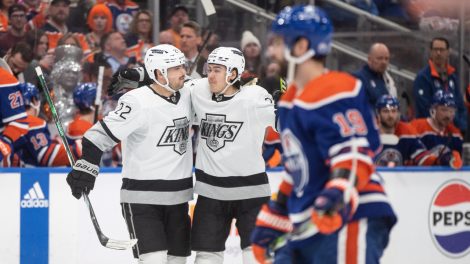With the NHL’s season suspended, we obviously don’t have new games to break down and react to, so intrepid NHL editor Rory Boylen decided it was time we reached into the ol’ mailbag and asked readers what you wanted to know, and what questions could we answer using analytics.
Because I want to answer as many questions as possible in the mailbag column itself, some of the questions that people ask that require more detail may be turned into full articles on their own, while the ones I can get into easily will be answered here.
With that said, let’s get to it.
No joke, I want to see you create equations for grit, leadership and truculence.
In my opinion those already exist!
When I want to look at grit, I look to loose puck recoveries — specifically contested ones. When you look at the frequency with which players are involved in those puck battles, and how often they win them, I think you get a good idea of grit.
For example, the defenceman this year who shows the most grit in puck battles when you combine the high rate of involvement and a high rate of winning them is Jaccob Slavin.
Who’s a defender who looks bad on defence from a chance suppression perspective, but is #ActuallyGood at defending?
There don’t seem to be any extreme outliers this season, but one I like to point to is Brent Burns. Burns’ problems on the defensive side really don’t have anything to do with defending without the puck. He’s highly, highly involved in removing and recovering possessions from opponents.
Burns’ issue is that he’s very sloppy with the puck on his stick in the defensive zone. I wouldn’t say his overall defensive impact is good — being a turnover machine is a big problem — but looking purely at the defending part of the job, he’s not bad.
[snippet id=4167285]
In a recent article, we could see that Brendan Gallagher had a high proportion of perimeter shots. Is this a team-wide issue for the Habs compared to other teams?
The Montreal Canadiens are a super high event team at even strength, and in quality plays as well. Only the Vegas Golden Knights put more than the Canadiens’ 414 shots on net from the inner slot this season, but they do shoot from the outside a lot.
At even strength only 34 per cent of their shot attempts come from the slot, which ranks them 26th in the NHL, and in all situations they only get 36.6 per cent of their shot attempts from the slot, which ranks 28th.
Settling for bad shots is absolutely something the Canadiens need to work on avoiding.
Based on his three seasons in the NHL so far, where do you project Pierre Luc Dubois over the next four to six years and should the Habs attempt to offer sheet him this summer?
Per 20 minutes at 5-vs-5, only 12 players in the NHL have been involved in creating more offence at even strength than Pierre-Luc Dubois. The point totals may look a little disappointing on the surface, but he has taken big leaps in the right direction every year he’s been in the league.
I’m not sure if he has the pure finishing ability to be a true superstar player, but Dubois is a linchpin offensive driver on any top line in the league right now.
If he can improve his defensive play beyond the league-average results he’s currently getting, he’ll be incredible.
[snippet ID=3322139]
What is the most overrated stat, and which is the most underrated stat?
The most overrated stat is plus/minus. I know, it’s the obvious pick. But even though most people know that it’s not a well thought of statistic any more, I don’t think the general public truly realizes that it’s not just a sample size issue. Rather, it’s the way plus/minus is tabulated actively misinforms you about what is going on.
Plus/minus isn’t just an even strength goal differential, you also get a minus for shorthanded goals against, a plus for shorthanded goals for, a minus for empty net goals against, and a plus for empty net goals for.
Because of that inherently flawed methodology, players who are counted on to score on the powerplay or while trailing at the end of games get disproportionately punished for goals against that often have nothing to do with an egregious mistake.
The most underrated statistic is loose puck recoveries. Everyone obsesses about faceoffs because it’s the one puck battle situation where coaches have a modicum of control, but possession changes happen constantly.
Back when Corsi came around, it was reliable partly due to its large sample sizes. On average this season there are about 121 shot attempts between the two teams in a given game. In the same average game there are 560 loose puck recoveries. 560!
Which high-scoring players are best at “finding space” if that makes sense? That is, they are able to shoot and score while having the largest average distance between themselves and opponents when taking said shots.
I don’t think I have access to the data to give you a perfect answer here, but what I do have is a differentiation that SPORTLOGiQ makes on inner slot shots; whether the shooter faced defensive pressure or not.
Not all players set up in the inner slot for most of their shots, so we’re looking at a subsection of players that push to shoot from that specific area, but the NHL leader in inner slot shot attempts without facing defensive pressure at 5-vs-5 is Kyle Connor with 26. The list of players following him is essentially an all-star team with Taylor Hall, Mark Stone, Johnny Gaudreau, Auston Matthews, and Connor McDavid.
There might be something to that one, small sample size though it is.
[relatedlinks]









